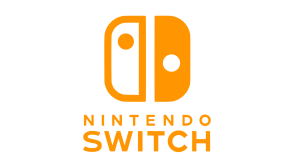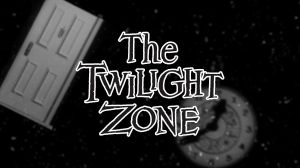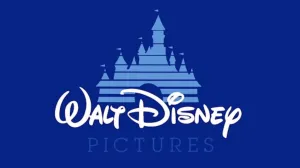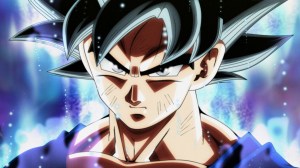In 2012, Disney bought Lucasfilm, gaining ownership of one of the crown jewels of geek culture: Star Wars. In the last 12 years, fans have gotten five new movies and multiple streaming series. There have been all-new comics and novels, mountains of toys, t-shirts, and video games. In a lot of ways, it’s an amazing time to be a Star Wars fan; there’s more Star Wars content now than ever before. Sure, fans lost the old Expanded Universe, the standard bearer of Star Wars since the 1990s now classified as Star Wars Legends, but they’ve gotten so much else to replace it. However, things are not entirely going well in the galaxy far, far away.
Videos by ComicBook.com
The sequel trilogy of films wasn’t received to mixed reactions, Solo: A Star Wars Story was a box office failure, and despite some huge successes like Rogue One: A Star Wars Story, The Mandalorian, the last season of Star Wars: The Clone Wars, and Star Wars: The Bad Batch, some fans are pretty unhappy with Star Wars across the board. Star Wars has a rough road ahead of it, with two paths that could both lead to ruin.
Star Wars Has Failed Both by Playing to Nostalgia and by Trying to Forge a New Path
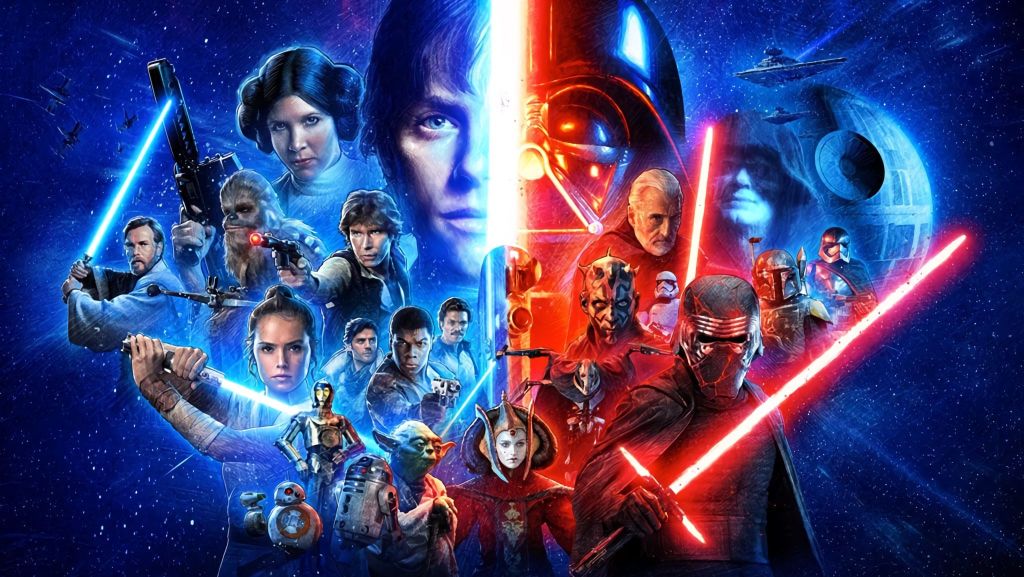
Disney paid $4 billion for Lucasfilm. That’s a lot of money, obviously, and the company wanted a return on their investment. They did this by playing it safe. The first trailer for Star Wars: The Force Awakens was massive and it played into nostalgia. The Force Awakens was basically a Star Wars “Greatest Hits” album; it lifted entire scenes and themes directly from the original trilogy. It reset the galactic conflict to one that resembled the original trilogy’s conflict and it lifted character tropes from those movies to inform its new characters. It was wildly successful, though, even back then many big Star Wars fans were hoping that the next movie wouldn’t just copy what came before.
We all know how that went; Star Wars: The Last Jedi wasn’t Star Wars: The Empire Strike Back, but that didn’t save it from the fanbase’s ire. Many hated it because of how different it was from what came before, but that’s not exactly true. Sure, The Last Jedi “subverted expectations” and was pretty iconoclastic, but it was still basically Star Wars. However, the backlash against it and its writing — which did everything it could to take the sequel trilogy in a new direction — had Disney go back to the well of nostalgia, which brought us Star Wars: The Rise of Skywalker. Of course, even before Rise of Skywalker, Solo had opened to a resounding thud at the worldwide box office, showing that maybe Star Wars wasn’t the cash cow it once was.
The first two movies of the sequel trilogy showed which ways that Star Wars would go in the years to come. The Force Awakens was all about nostalgia, depending on what came before. It had its financial successes, but most agreed that it was little more than empty calories. The Last Jedi was the iconoclast, the movie that didn’t obviously play into Star Wars tropes and it had its success and praise, but it also had people crying about how it wasn’t actually Star Wars — something that longtime Star Wars Legends fans laughed at. Disney has alternatively swung between these two poles of Star Wars, sometimes putting out nostalgia-fueled adventures — Star Wars: Ahsoka, Star Wars: The Book of Boba Fett, Star Wars: Obi-Wan Kenobi, and The Mandalorian — and other times going in more experimental directions like Star Wars: Andor and Star Wars: Skeleton Crew.
2024 and 2025 have shown Star Wars going in both of these directions. First, there was Star Wars: The Acolyte, a show set in the High Republic years — the era before the prequels that borrowed liberally from Legends in multiple ways not readily obvious to non-Legends fans — that revolved around the battle between the Jedi and the Sith. This show seemed like it should have been a surefire hit — it recycled the Jedi vs. Sith plot that had always been part of the core of the Star Wars Universe and had lightsaber fights aplenty. However, that’s not what happened.
The problem with The Acolyte was that the writing and acting rarely reached the level it needed to. Beyond Lee Jung-Jae’s Master Sol (he learned English to play the role and killed it!), Manny Jacinto’s Qimir, Jodie Turner-Smith’s Mother Aniseya, Dafne Keen’s Jecki Lon, and Charlie Barnett’s Yord Fandar, most of the acting was uninspired at best. The writing tried to introduce some ideas that Legends fans have seen before — like the Jedi’s tyranny over other Force-wielding sects — but just never could make them work while also being shoddy in general.
[RELATED – Star Wars Fans Are Still Confused by This Prequel-Era Plot Point]
Star Wars: Skeleton Crew had more in common with The Goonies and Stand by Me than the original trilogy or the prequels, using Star Wars as a setting to tell a story of a group of lost children on a trip home while dealing with the galaxy’s pirate gangs. Star Wars: Skeleton Crew didn’t play into nostalgia; it found a way to use Star Wars without constantly trying to remind people of what came before. Unlike The Acolyte, Skeleton Crew stuck the landing, telling a compelling story that used mystery box storytelling in the best way possible. If anything, it took inspiration from a lot of the weirder aspects of Star Wars Legends, using locales as its way of reminding people of Star Wars.
Skeleton Crew isn’t as groundbreaking as Andor, a show that focused on the way fascism affects the people under its boot, but it didn’t cleave to the tropes that make up Star Wars. When it did, those were the parts of the show that people didn’t like. However, the damage that The Acolyte did to the fandom made it so, despite basically everyone who watched it enjoying it, Skeleton Crew also had some of the lowest viewership minutes of any Star Wars project on Disney+.
Now, the problem with all of this is obvious — either way, Star Wars has had failures. When Star Wars plays too much into the nostalgic aspects, fans complain. However, when it tries to tell new stories using Star Wars more as a setting than as a collection of tropes, the more casual fans who go to Star Wars movies but don’t watch every show or read the books and comics aren’t interested. There’s seemingly no way to make everyone happy. This is one of the main problems of the current state of geek media: longtime fans don’t want constant rehashes of the same thing they’ve always got and casual fans want the same thing they’ve always liked. What’s the solution? How can Star Wars make everyone happy?
Star Wars Needs to Keep Going in Both Directions
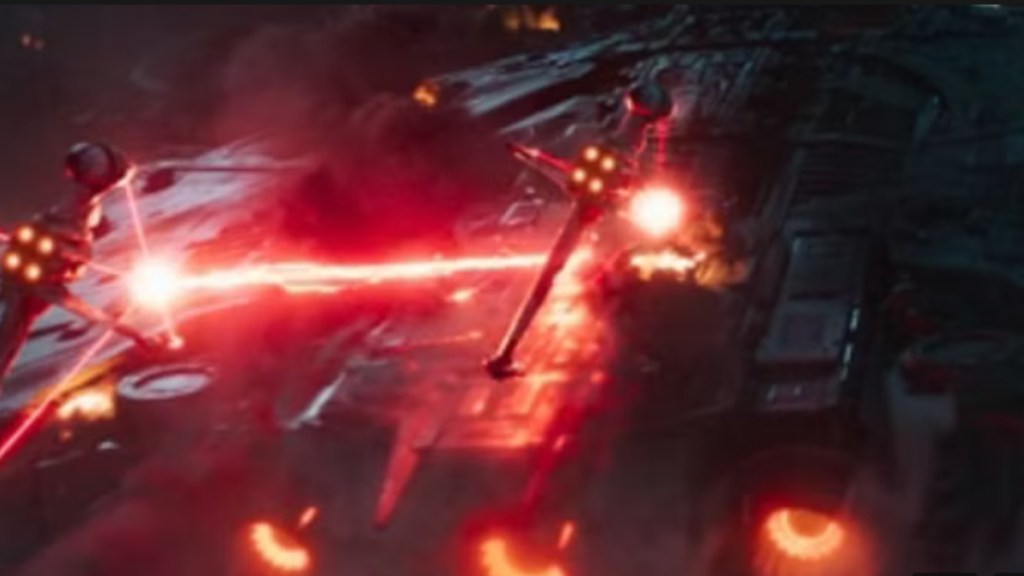
Disney is one of the biggest entertainment companies in the world, if not the biggest. The Walt Disney Company has an insane amount of money to play with. Art as commerce isn’t exactly the way to make the best art, but that’s where we are right now. Disney didn’t buy Star Wars to make amazing art, they bought it to make money. Disney could have easily just used Star Wars as the merch machine that George Lucas made it to be, and still made its money back, but it wouldn’t have made the insane profits the company desired. The only way to do that was to make more Star Wars.
Disney did that, but it learned something: Star Wars fans aren’t like the fanbases they are used to. Star Wars fans are a contentious lot — it is often said that no one hates Star Wars more than Star Wars fans. This is true, to an extent, because Star Wars fans have put so much of themselves into it that when it fails in their minds, they riot. Their hatred seemingly comes from a place of love, which makes it burn all the hotter. Disney wanted to have its cake and eat it, too, like it always does, but Star Wars fans were never going to be like Disney adults.
The only way for Star Wars to keep going is for Disney to embrace both roads. Sometimes, Star Wars needs to be an exercise in nostalgia. Seeing someone from a backwater planet learn that they’re the hope of a galactic war and helping to smash the fash is a lot of fun and it’s something we need to see more of in today’s political environment. However, sometimes Star Wars needs to push its boundaries and remind everyone that it’s actually a universe, one full of stories with characters that run the gamut of archetypes having adventures of all kinds.
Disney has the money to make failures. Star Wars projects might not always be successful, but Star Wars merch is still a license to print money; just look at Baby Yoda. Disney needs to keep putting out Star Wars projects that scratch familiar issues and ones that push the envelope. Sometimes, you’ll get The Acolyte, a story that borrows heavily from what came before but reaches a little too far, and other times, you’ll get Skeleton Crew, a show that used Star Wars in different ways than before and didn’t light the world on fire but will have a longer effect on pop culture as its quality is discovered by more fans. Both of these are valid and Star Wars needs to go both ways to survive and thrive.



